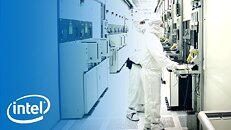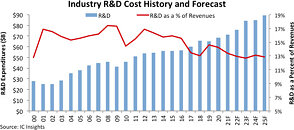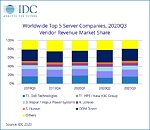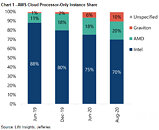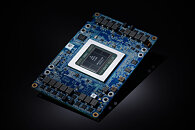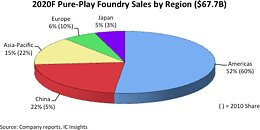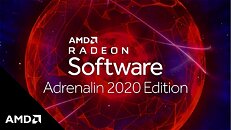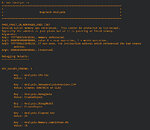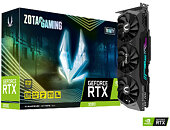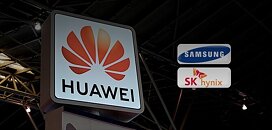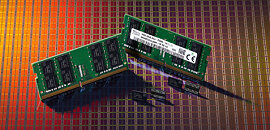
Apple Reports First Quarter Results
Apple today announced financial results for its fiscal 2021 first quarter ended December 26, 2020. The Company posted all-time record revenue of $111.4 billion, up 21 percent year over year, and quarterly earnings per diluted share of $1.68, up 35 percent. International sales accounted for 64 percent of the quarter's revenue.
"This quarter for Apple wouldn't have been possible without the tireless and innovative work of every Apple team member worldwide," said Tim Cook, Apple's CEO. "We're gratified by the enthusiastic customer response to the unmatched line of cutting-edge products that we delivered across a historic holiday season. We are also focused on how we can help the communities we're a part of build back strongly and equitably, through efforts like our Racial Equity and Justice Initiative as well as our multi-year commitment to invest $350 billion throughout the United States."
"This quarter for Apple wouldn't have been possible without the tireless and innovative work of every Apple team member worldwide," said Tim Cook, Apple's CEO. "We're gratified by the enthusiastic customer response to the unmatched line of cutting-edge products that we delivered across a historic holiday season. We are also focused on how we can help the communities we're a part of build back strongly and equitably, through efforts like our Racial Equity and Justice Initiative as well as our multi-year commitment to invest $350 billion throughout the United States."


